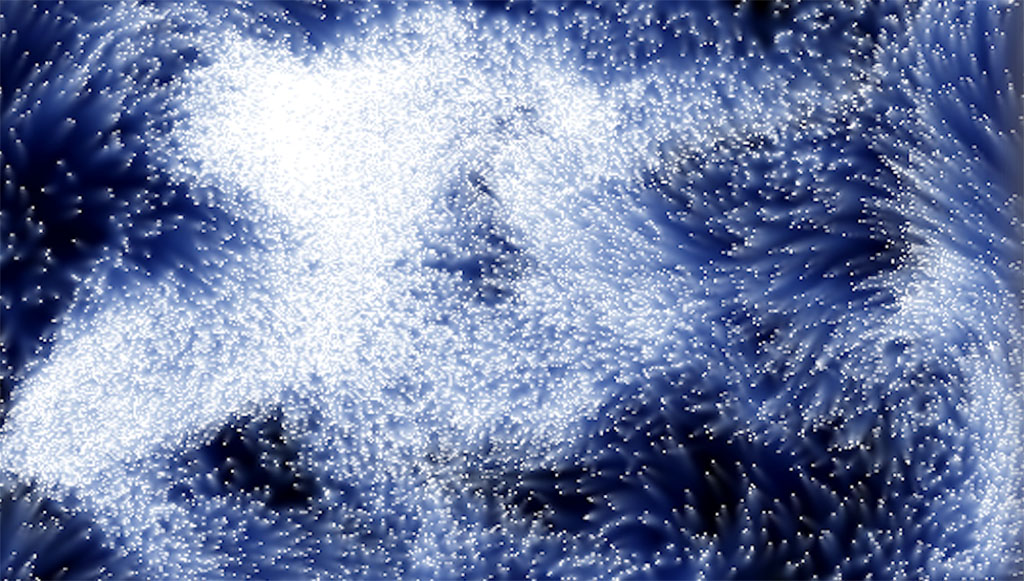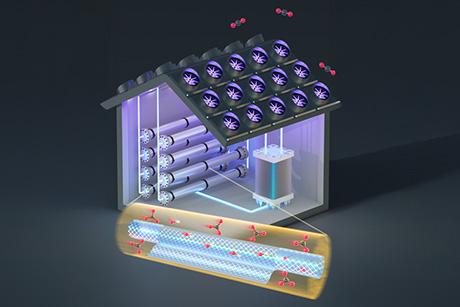Talking Shop: Associate Professor Themistoklis Sapsis
Using Machine Learning with Physical Models to Predict Extreme Events
2017 was one of the most destructive hurricane seasons on record. Hurricane Harvey left the streets of Houston flooded. Hurricane Maria ravaged Puerto Rico, leaving millions without power for months. Hurricane Irma decimated the infrastructure of many Caribbean Islands.
The intensifying power and increasing unpredictability of Atlantic hurricanes have left meteorologists searching for ways to make more accurate forecasts and give people enough warning to prepare or evacuate. Themistoklis (Themis) Sapsis, associate professor of mechanical and ocean engineering and principal investigator at MIT’s Stochastic Analysis and Nonlinear Dynamics (SAND) lab is hoping to improve our ability to predict extreme events like hurricanes. By using machine learning to enhance existing models, Sapsis is training computers to make more accurate and reliable predictions.
You began your academic career with a degree in naval architecture. How did you transition from naval architecture to the prediction extreme weather events?
I was always inclined toward mathematics so all of my research has been math oriented with applications in ocean engineering. After completing my PhD in mechanical engineering at MIT, I had a post-doc appointment at NYU’s Courant Institute of Mathematical Sciences. I then came back to MIT as a faculty member with the idea of solving problems in ocean engineering by developing or utilizing new mathematical methods
One area my lab and I study is the general prediction of extreme events. We have done extensive work on the prediction of extreme water waves – also known as rogue waves – in the ocean, but we are also interested in extreme events in engineering and geophysical fluid flows. For engineering applications, we want to be able to predict when an extreme event will occur so we can apply control strategies that can suppress or avoid the event. I’m trying to push the envelope by taking math and ocean engineering into the machine learning sphere.
Why are current models for predicting extreme weather events like hurricanes not fully reliable?
There are already comprehensive models in place that people have been using to predict weather events like hurricanes and nor’easters. Our aim is to build a mathematical foundation that combines available data with these physical models more effectively so that predictions are more accurate when it comes to extreme events. The challenge is that for extreme realizations we do not have enough data available to train the models. Therefore, it is even more essential to build effective blending strategies between models and data. Another important challenge is the computational cost associated with the comprehensive weather prediction models that we hope to reduce through these blended strategies.
How does machine learning help improve these predictions?
We formulate new machine learning algorithms that use data from highresolution models, such as a reanalysis of weather trends that have happened in the past, to improve physical models. These algorithms have helped us train a neural network that enables machines to make predictions of extreme events for a prototype turbulent fluid flow that mimics many of the features observed in real atmospheric phenomena. The blended approach, consisting of the physical model and the machine, assigns a score, a probability, to different possible outcomes. In this way, the generated predictions take into account the available data but also respect the underlying physics. This approach is novel because we are trying for the first time to incorporate machine learning within existing equations.
How are you using this approach for events beyond fluid flows and water waves?
Another area my team and I are studying is trying to understand the motion of bubbles in fluid flows. Understanding how bubbles flow is extremely important when thinking about signatures of submarines, as well as how blood flows through the bloodstream to optimize drug delivery. Simulating how bubbles merge, split, and move is very expensive to do in a computer – especially if you’re looking at the millions of bubbles that are generated around a massive ship propeller. We are trying to learn the dynamics of bubble motion on a small scale by complementing existing models with machine learning. So, just as with the geophysical systems, we are increasing the efficacy of pre-existing models and equations by incorporating machine learning to predict events at a much smaller scale than previously possible.




